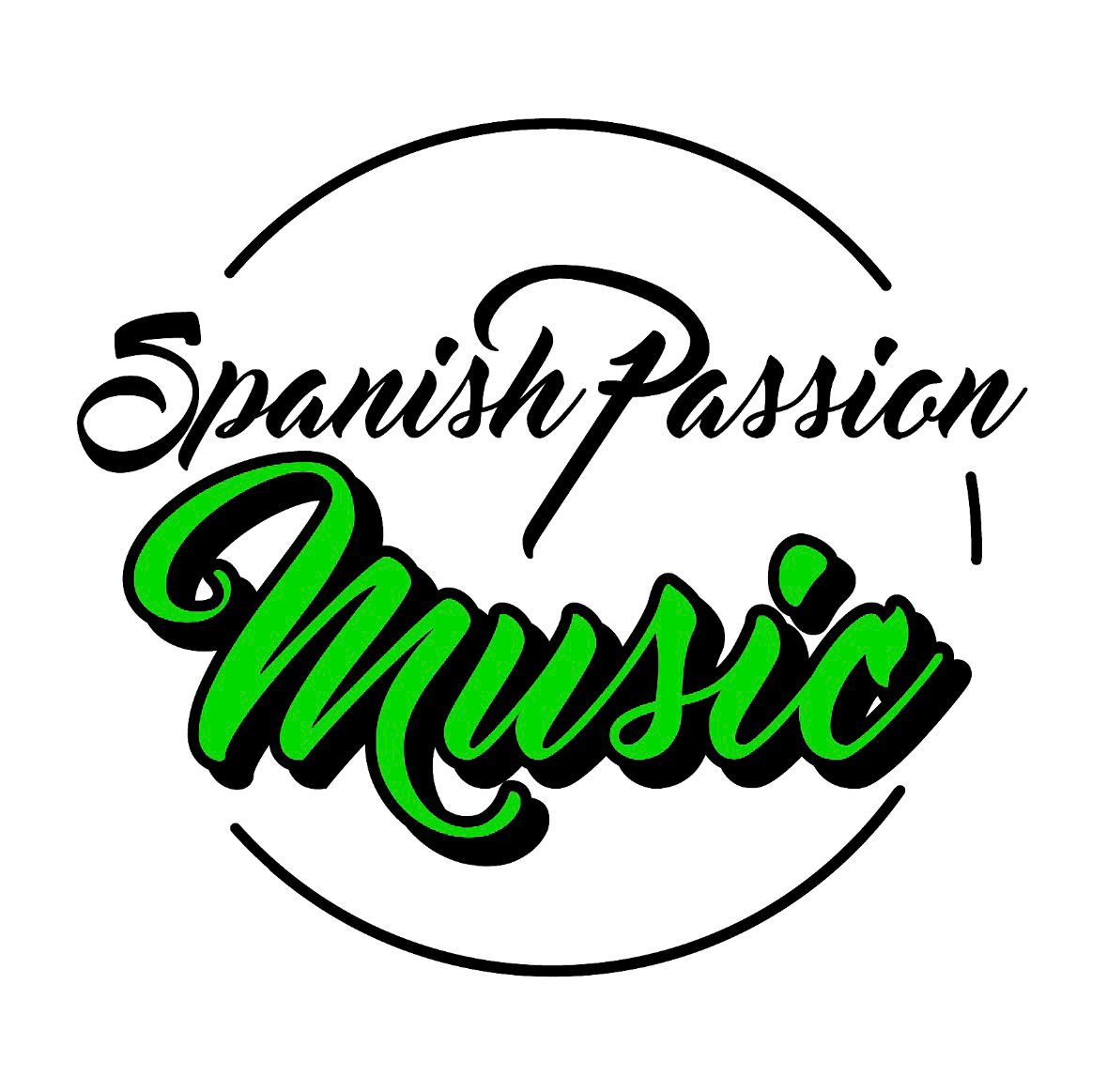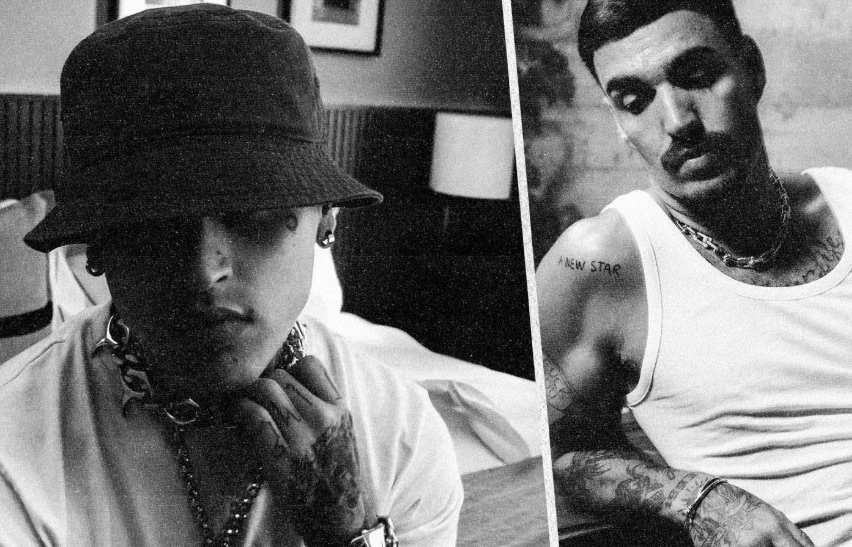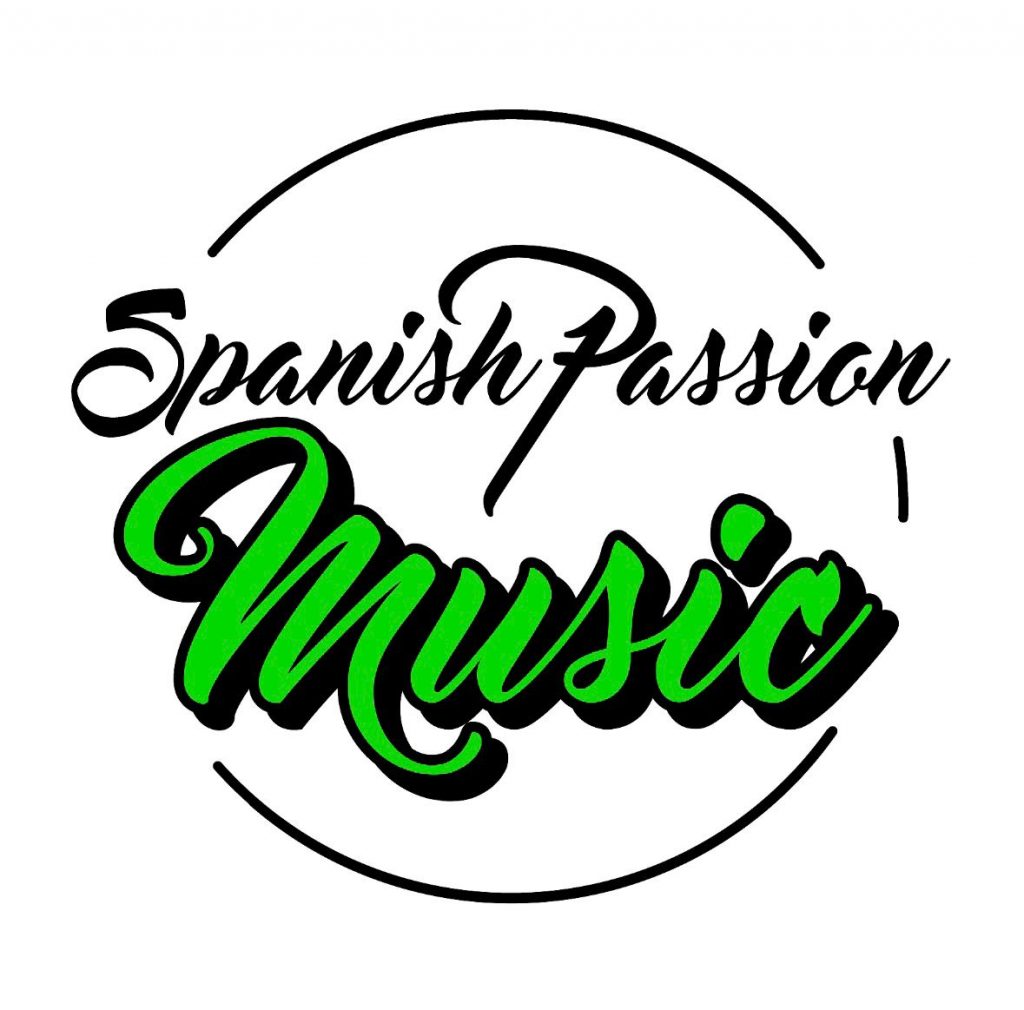2024 was a key year for musical collaborations. Beyond the big names, a clear trend was consolidated: collaborating is no longer just a marketing strategy, but a creative, identity and audience expansion tool.
Here we take a look at some of the keys behind the colabs that made the most noise this year and what you can learn from them.
1. Merging local and global scenes
More and more artists are crossing territories without the need for multinational labels. We saw combinations of Latin and European projects, mixtures of accents, rhythms and languages that connected with diverse audiences while remaining authentic.
Example: artists from Argentina collaborating with emerging voices from Spain or France on hybrid beats between drill, RKT and techno. Result: new sounds, new audiences.
Learning: seeking alliances beyond the obvious. It is not just gender that matters, but shared energy.
2. Unexpected gender crossovers
A “post-genre” aesthetic was consolidated, where reggaeton mixed with club electronica, experimental flamenco crept into trap, and indie pop seeped into urban productions.
ExampleA collaboration between a neo soul singer and a jersey club producer generated a viral track on TikTok without falling into any traditional category.
LearningToday the public doesn't want labels, they want new experiences. Sound risk is a trend.
3. Horizontal collaborations (without hierarchy)
It is no longer just a matter of a big artist “uploading” a small one. Many of the most viral collabs of 2024 were between projects at the same level, joining forces and audiences organically, without posturing or forced marketing.
ExampleTwo artists with similar profiles release a joint track, record each other during the creation and share the process on networks. The content was as important as the track.
LearningThe real hype is built in community.
4. Multidisciplinary collaborative productions
Not only singers collaborated. Alliances between visual artists, stylists, videographers and creatives were also strengthened. Many launches were thought of as integrated projects, where each element adds up to a shared vision.
ExampleA conceptual EP where the covers, the outfits and the videos were created in collaboration with an artistic collective. Result: strong identity, coherence and differentiation.
LearningCollaboration is not just about singing together. It is thinking as a team.
5. Claiming through collaboration
Some of the most significant colabs of the year were born out of a political, cultural or social need: to make women producers visible, to normalise diversity or to give a voice to the community.
Examplecollaborative themes between trans, migrant or racialised artists, who broke with dominant aesthetics and narratives.
LearningA partnership can be a way of doing industry with values.
Conclusion
Collaboration is not about following fashion. It's about understanding the cultural and musical moment we live in. The best collabs of 2024 were not just strategic: they were necessary, honest and creatively expansive. If you're building your path, look for partnerships that add up to more than numbers.


